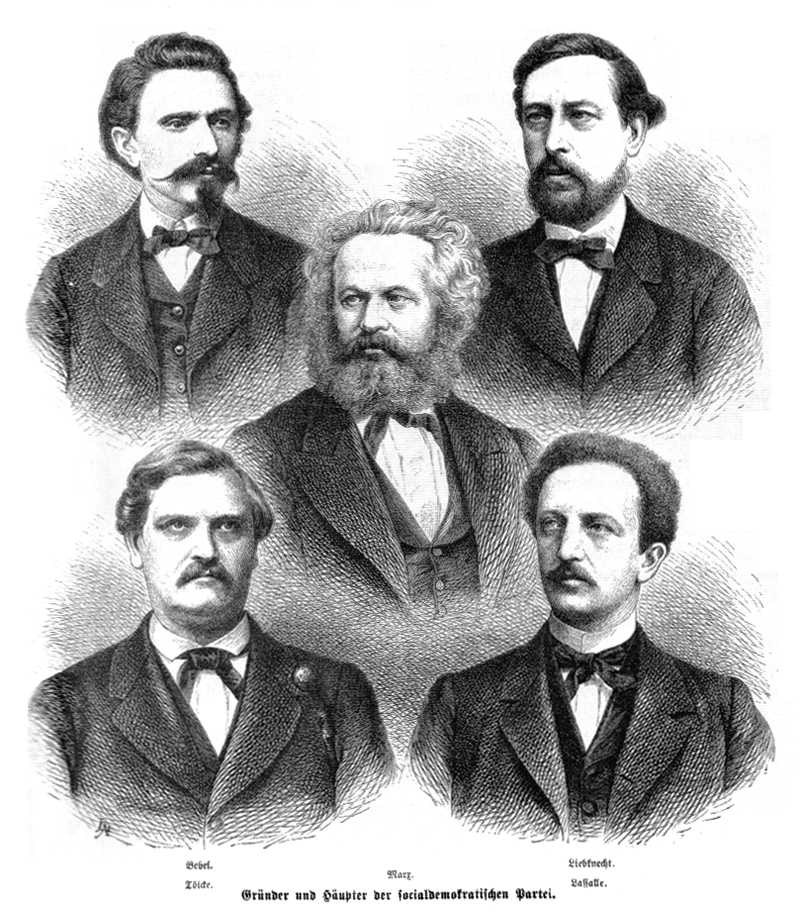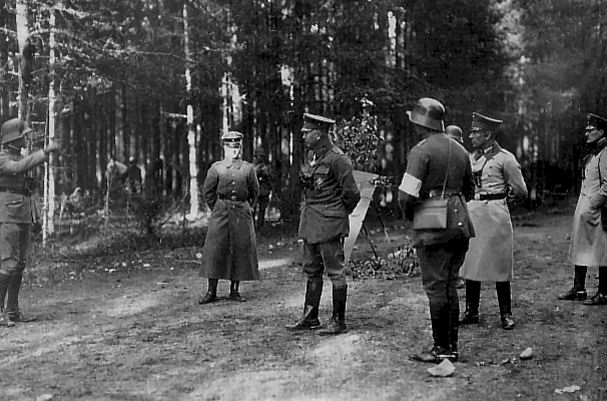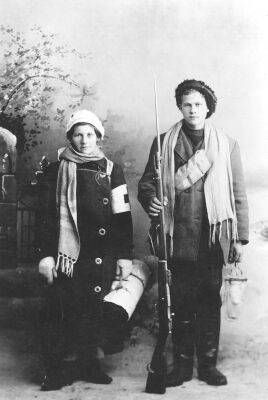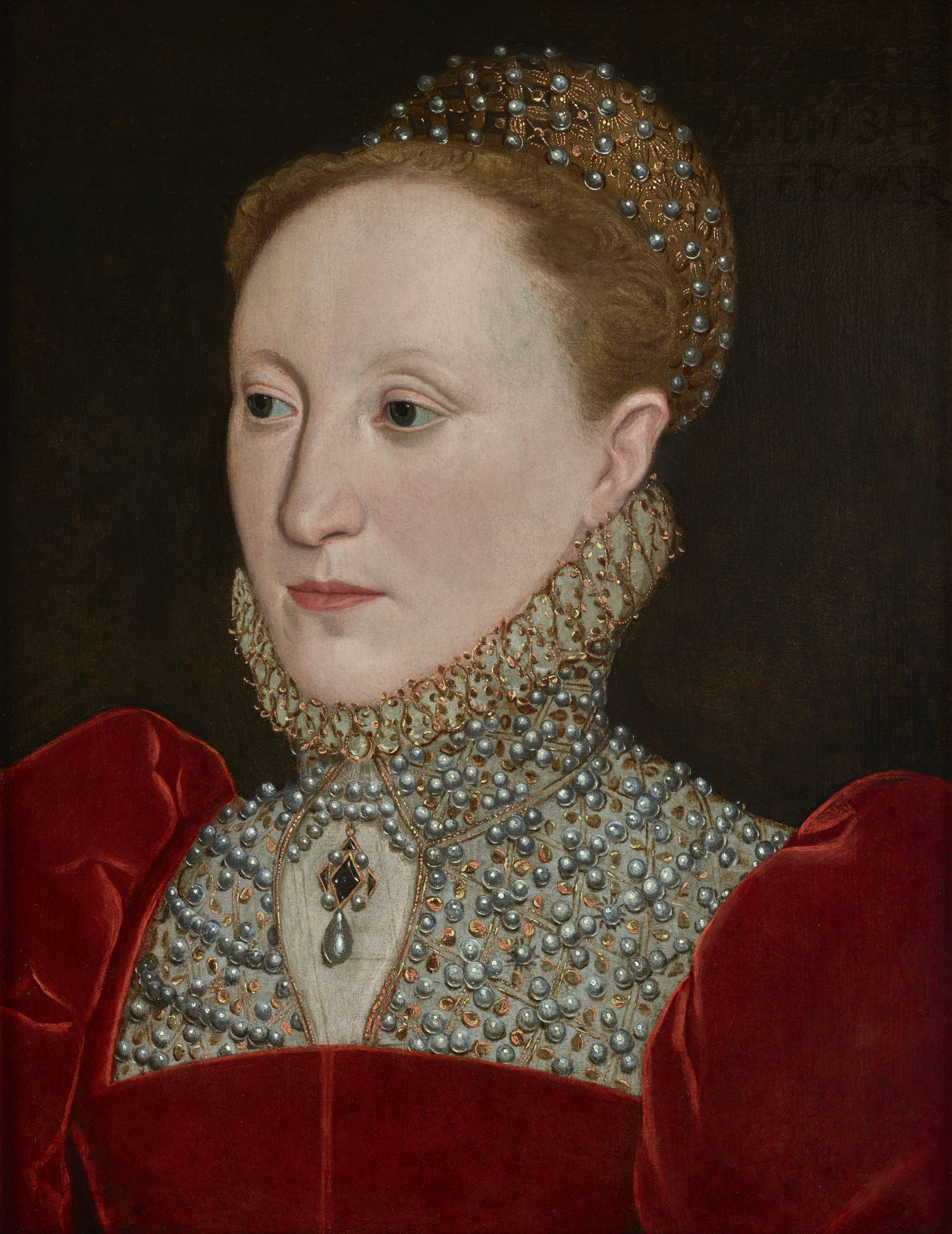|
Eino Leino
Eino Leino (born Armas Einar Leopold Lönnbohm; 6 July 1878 – 10 January 1926) was a Finnish poet and journalist who is considered one of the pioneers of Finnish poetry and a national poet of Finland. His poems combine modern and Finnish folk elements. Much of his work is in the style of the ''Kalevala'' and folk songs in general. Nature, love, and despair are frequent themes in Leino's work. He is beloved and widely read in Finland today. Leino's birthday on 6 July was named Eino Leino Day (''Eino Leinon päivä'') as well as day of Finnish poetry and summer in 1992, and it is an established Finnish flag day. Early life Eino Leino was baptized as Armas Einar Leopold Lönnbohm in Paltamo as the seventh and youngest son in a family of ten children. Leino's family lived in the Hövelö house in Paltaniemi village. Leino's father had changed his name from ''Antti Mustonen'' to ''Anders Lönnbohm'' to improve his chances of marrying his future upper-class wife, Anna Emilia ... [...More Info...] [...Related Items...] OR: [Wikipedia] [Google] [Baidu] |
Paltaniemi
Paltaniemi is a village on the shores of Lake Oulujärvi, about north of the Kajaani's town center in Kainuu, Finland. It has a population of 291 inhabitants (in December 2020). The Kajaani Airport is located in the eastern side of the village. From the 17th century until the end of the 19th century, Paltaniemi was the spiritual center of Kainuu, where the most important priests and officials of the parish lived. Paltaniemi's current wooden church, completed in 1726, is the village's third; the first church was destroyed in an earthquake in 1626 and the second church was burned by the Russians during the Great Wrath in 1716. Paltaniemi belonged to Paltamo municipality until 1954, before the village was incorporated into Kajaanin maalaiskunta. Paltaniemi is especially known as the birthplace of the Finnish poet Eino Leino, and the Eino Leino House museum is located on the site of his former birthplace. Elias Lönnrot, known as the compiler of the Finnish national epic ''Kaleva ... [...More Info...] [...Related Items...] OR: [Wikipedia] [Google] [Baidu] |
Otto Manninen
Otto Manninen (13 August 1872, Kangasniemi – 6 April 1950, Helsinki) was a Finnish writer, poet, and a celebrated translator of world classics into Finnish language. Along with Eino Leino in the early 20th century, he is considered as a pioneer of Finnish poetry. Manninen translated the works of Homer, Sophocles, Euripides, Heine, Ibsen, Petőfi and Runeberg into Finnish. Life Manninen was born in Kangasniemi as a farmer's son. He was one of the ten children of Topias and Matilda Manninen. After passing the matriculation examination in 1892, he was admitted into the University of Helsinki, receiving his Bachelor of Arts degree in 1897. From 1898-99 he was an assistant editor of the periodical ''Valvoja''. His early translations of Heinrich Heine were published in ''Koitar'', the student magazine of the university, in 1897. Parts of Heine's ''Saksanmaa'' ('' Deutschland. Ein Wintermärchen'') were published in ''Valvoja'' in 1900 while the complete translation was published in 1 ... [...More Info...] [...Related Items...] OR: [Wikipedia] [Google] [Baidu] |
Democracy
Democracy (From grc, δημοκρατία, dēmokratía, ''dēmos'' 'people' and ''kratos'' 'rule') is a form of government in which people, the people have the authority to deliberate and decide legislation ("direct democracy"), or to choose governing officials to do so ("representative democracy"). Who is considered part of "the people" and how authority is shared among or delegated by the people has changed over time and at different rates in different countries. Features of democracy often include freedom of assembly, freedom of association, association, property rights, freedom of religion and freedom of speech, speech, Social exclusion#Social inclusion, inclusiveness and political equality, equality, citizenship, consent of the governed, voting rights, freedom from unwarranted governmental wikt:deprivation, deprivation of the right to life and liberty, and minority rights. The notion of democracy has evolved over time considerably. Throughout history, one can find evid ... [...More Info...] [...Related Items...] OR: [Wikipedia] [Google] [Baidu] |
Legitimacy (criminal Law)
In law, "legitimacy" is distinguished from "legality" (see also color of law). An action can be legal but not legitimate or vice versa it can be legitimate but not legal. Thomas Hilbink suggests that the power to compel obedience to the law, is derived from the power to sway public opinion, to the belief that the law and its agents are legitimate and deserving of this obedience. Where as Tyler says, 'Legitimacy is ...a psychological property of an authority, institution, or social arrangement, that leads those connected to it to believe that it is appropriate, proper, and just’ (Tyler, 2006b: 375). Thus viewed, the legal legitimacy is the belief that the law and agents of the law are rightful holders of authority; that they have the right to dictate appropriate behaviour and are entitled to be obeyed; and that laws should be obeyed, simply because, that is the right thing to do (Tyler, 2006a; Tyler, 2006b; cf. Easton, 1965). Development of legal legitimacy Peter Kropotkin s ... [...More Info...] [...Related Items...] OR: [Wikipedia] [Google] [Baidu] |
Poverty
Poverty is the state of having few material possessions or little income. Poverty can have diverse social, economic, and political causes and effects. When evaluating poverty in statistics or economics there are two main measures: '''' compares income against the amount needed to meet basic personal needs, such as [...More Info...] [...Related Items...] OR: [Wikipedia] [Google] [Baidu] |
Social Democratic
Social democracy is a political, social, and economic philosophy within socialism that supports political and economic democracy. As a policy regime, it is described by academics as advocating economic and social interventions to promote social justice within the framework of a liberal-democratic polity and a capitalist-oriented mixed economy. The protocols and norms used to accomplish this involve a commitment to representative and participatory democracy, measures for income redistribution, regulation of the economy in the general interest, and social welfare provisions. Due to longstanding governance by social democratic parties during the post-war consensus and their influence on socioeconomic policy in Northern and Western Europe, social democracy became associated with Keynesianism, the Nordic model, the social-liberal paradigm, and welfare states within political circles in the late 20th century. It has been described as the most common form of Western or m ... [...More Info...] [...Related Items...] OR: [Wikipedia] [Google] [Baidu] |
Death Penalty
Capital punishment, also known as the death penalty, is the state-sanctioned practice of deliberately killing a person as a punishment for an actual or supposed crime, usually following an authorized, rule-governed process to conclude that the person is responsible for violating norms that warrant said punishment. The sentence ordering that an offender is to be punished in such a manner is known as a death sentence, and the act of carrying out the sentence is known as an execution. A prisoner who has been sentenced to death and awaits execution is ''condemned'' and is commonly referred to as being "on death row". Crimes that are punishable by death are known as ''capital crimes'', ''capital offences'', or ''capital felonies'', and vary depending on the jurisdiction, but commonly include serious crimes against the person, such as murder, mass murder, aggravated cases of rape (often including child sexual abuse), terrorism, aircraft hijacking, war crimes, crimes against h ... [...More Info...] [...Related Items...] OR: [Wikipedia] [Google] [Baidu] |
Baltic Sea Division
The Baltic Sea Division () was a 10,000 man German military unit commanded by Rüdiger von der Goltz. The core of the division comprised two army brigades from the German Eastern Front: 95. Reserve Infantry Brigade (led by Colonel K. Wolff) and 2. Guards Cavalry Brigade (led by Colonel H. von Tschirsky und von Bögendorff). They were supported by additional artillery and pioneer troops, and transported to Finland by a naval squadron led by Hugo Meurer. The military activity of the division in Finland served part of the foreign policy of the German Empire after the Treaty of Brest-Litovsk with Soviet Russia, signed on 3 March 1918. Germany aimed to establish a chain of satellite states in eastern Europe in order to provide raw materials for German industry and food products for the German people. The Finnish Senate of Vaasa had requested German military aid for the Whites. The Finnish Senate paid all the financial costs of the military intervention of the Baltic Sea Division and u ... [...More Info...] [...Related Items...] OR: [Wikipedia] [Google] [Baidu] |
Helsinki
Helsinki ( or ; ; sv, Helsingfors, ) is the capital, primate, and most populous city of Finland. Located on the shore of the Gulf of Finland, it is the seat of the region of Uusimaa in southern Finland, and has a population of . The city's urban area has a population of , making it by far the most populous urban area in Finland as well as the country's most important center for politics, education, finance, culture, and research; while Tampere in the Pirkanmaa region, located to the north from Helsinki, is the second largest urban area in Finland. Helsinki is located north of Tallinn, Estonia, east of Stockholm, Sweden, and west of Saint Petersburg, Russia. It has close historical ties with these three cities. Together with the cities of Espoo, Vantaa, and Kauniainen (and surrounding commuter towns, including the eastern neighboring municipality of Sipoo), Helsinki forms the Greater Helsinki metropolitan area, which has a population of over 1.5 million. Of ... [...More Info...] [...Related Items...] OR: [Wikipedia] [Google] [Baidu] |
Red Guards (Finland)
sv, Röda gardet , war=the Russian Revolution of 1905 and Finnish Civil War , image= , caption= A Red Guard fighter (right) and a nurse (left) in 1918 , active= 1905–19071917–1920 , ideology= Socialism,Communism,Left-wing nationalism , leaders= Johan KockAli Aaltonen Eero Haapalainen Eino Rahja Kullervo Manner Otto Wille Kuusinen , clans= , headquarters= , area= Finland ( FSWR), East Karelia , size= , partof= , predecessor= , successor= , allegiance= Finnish Socialist Workers' Republic , allies= Russian Red Guards , opponents= (1905–1907) * Protection Corps (1905–1906) Finland (1918) * White Guards (1917–1920) (1918) , battles= *Russian Revolution of 1905 *Finnish Civil War *Estonian War of Independence * Kinship Wars The Red Guards ( fi, Punakaarti, ; sv, Röda gardet) were the paramilitary units of the Finnish labour movement in the early 1900s. The first Red Guards were established during the 1905 general strike, but disbanded a year later. After the Rus ... [...More Info...] [...Related Items...] OR: [Wikipedia] [Google] [Baidu] |
Labor Movement
The labour movement or labor movement consists of two main wings: the trade union movement (British English) or labor union movement (American English) on the one hand, and the political labour movement on the other. * The trade union movement (trade unionism) consists of the collective organisation of working people developed to represent and campaign for better working conditions and treatment from their employers and, by the implementation of labour and employment laws, from their governments. The standard unit of organisation is the trade union. * The political labour movement in many countries includes a political party that represents the interests of employees, often known as a " labour party" or " workers' party". Many individuals and political groups otherwise considered to represent ruling classes may be part of, and active in, the labour movement. The labour movement developed as a response to the industrial capitalism of the late 18th and early 19th centuries, at ... [...More Info...] [...Related Items...] OR: [Wikipedia] [Google] [Baidu] |
Finnish Civil War
The Finnish Civil War; . Other designations: Brethren War, Citizen War, Class War, Freedom War, Red Rebellion and Revolution, . According to 1,005 interviews done by the newspaper ''Aamulehti'', the most popular names were as follows: Civil War 29%, Citizen War 25%, Class War 13%, Freedom War 11%, Red Rebellion 5%, Revolution 1%, other name 2% and no answer 14%, was a civil war in Finland in 1918 fought for the leadership and control of the country between Whites (Finland), White Finland and the Finnish Socialist Workers' Republic (Red Finland) during the country's transition from a Grand Duchy of Finland, grand duchy of the Russian Empire to an independent state. The clashes took place in the context of Aftermath of World War I, the national, political, and social turmoil caused by World War I (Eastern Front (World War I), Eastern Front) in Europe. The war was fought between the "Reds", led by a section of the Social Democratic Party of Finland, Social Democratic Party, and ... [...More Info...] [...Related Items...] OR: [Wikipedia] [Google] [Baidu] |







.jpg)